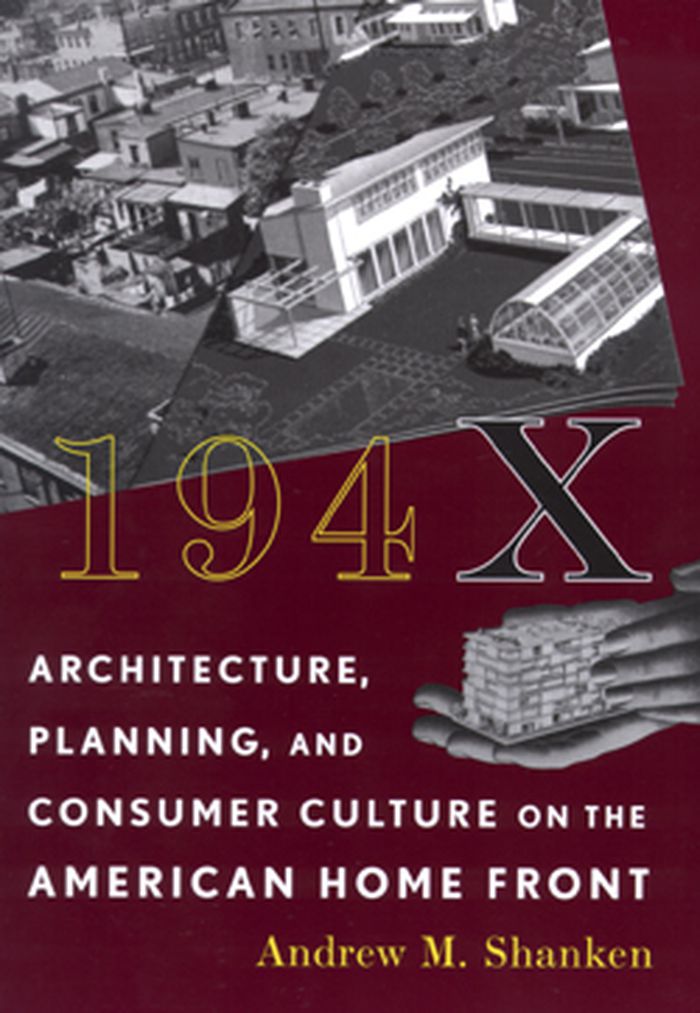$29.95
(available in store)
Summary:
Challenging the pervasive idea that corporate capitalism corrupted the idealism of modernist architecture in the postwar era, this publication shows that architecture’s wartime partnership with corporate America was founded on shared anxieties and ideals. Business and architecture were brought together in innovative ways, as shown by Shanken’s reading of magazine(...)
Architectural Theory
February 2009, Minneapolis, London
194X : architecture, planning, and consumer culture on the american home front
Actions:
Price:
$29.95
(available in store)
Summary:
Challenging the pervasive idea that corporate capitalism corrupted the idealism of modernist architecture in the postwar era, this publication shows that architecture’s wartime partnership with corporate America was founded on shared anxieties and ideals. Business and architecture were brought together in innovative ways, as shown by Shanken’s reading of magazine advertisements for Revere Copper and Brass, U.S. Gypsum, General Electric, and other companies that prominently featured the work of leading progressive architects, including Louis I. Kahn, Eero Saarinen, and Walter Gropius.
Architectural Theory
$47.95
(available to order)
Summary:
This book is about the everyday life of memorials. It explores their relationship to the pulses of daily life, their meaning within a quotidian context, and their place within the development of modern cities. Through Andrew Shanken’s close historical readings of memorials, both well-known and obscure, two distinct strands of scholarship are thus brought together: the(...)
The everyday life of memorials
Actions:
Price:
$47.95
(available to order)
Summary:
This book is about the everyday life of memorials. It explores their relationship to the pulses of daily life, their meaning within a quotidian context, and their place within the development of modern cities. Through Andrew Shanken’s close historical readings of memorials, both well-known and obscure, two distinct strands of scholarship are thus brought together: the study of the everyday and memory studies. This book explores how memorials end up where they are, grow invisible, fight with traffic, get moved, are assembled into memorial zones, and are drawn anew into commemorations and political maelstroms that their original sponsors never could have imagined. Finally, exploring how people behave at memorials and what memorials ask of people reveals just how strange the commemorative infrastructure of modernity is.
Architectural Theory

